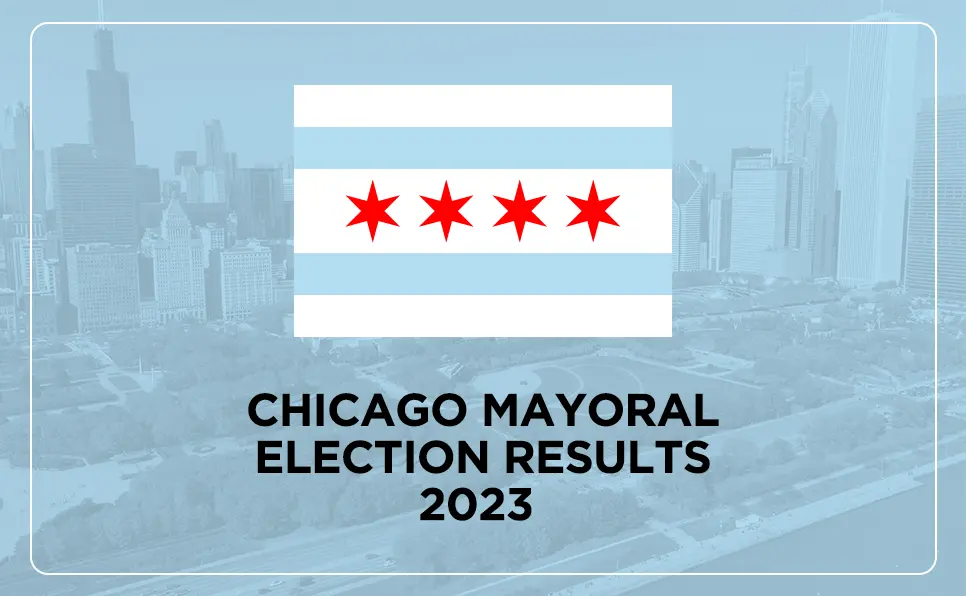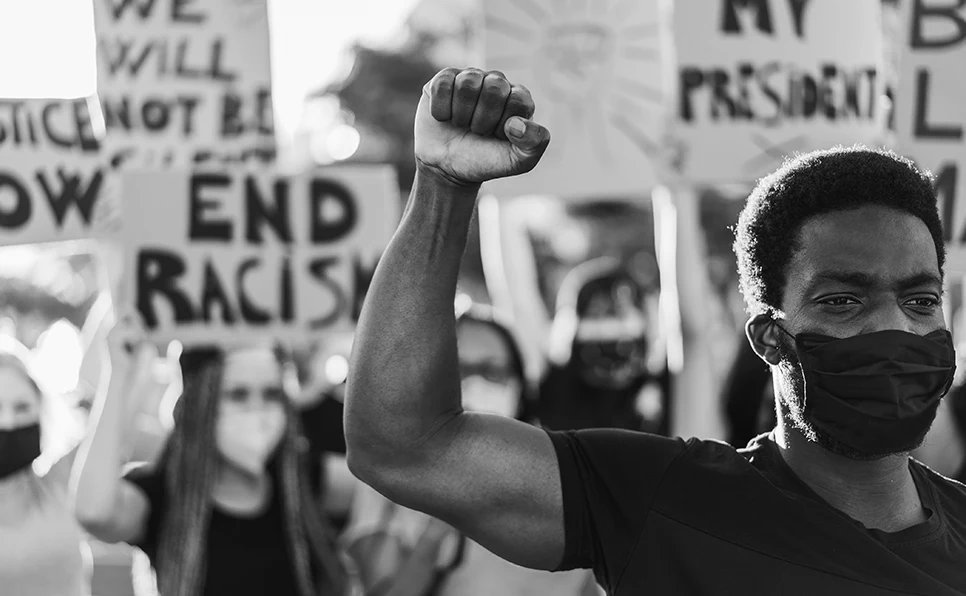A blend of ancient ritual with modernism, the royal ascension of King Charles III was an event eyed by people worldwide. The ceremony at Westminster Abbey on May 6 called for a more toned-down affair than the one 70 years ago at the crowing of Queen Elizabeth II.
Why have the Coronation if Charles is already King?
The coronation of King Charles, following his automatic ascension to the throne upon Queen Elizabeth’s passing, was a significant ceremonial event. Despite there being no legal obligation for a coronation, it held profound religious and symbolic importance. It formally confirmed Charles as the head of state and the titular head of the Church of England, demonstrating that his authority derived from a higher power.
During the coronation service, Charles underwent several sacred rituals conducted by the esteemed Archbishop of Canterbury. The pinnacle of the ceremony was the placement of the St. Edward’s Crown upon his head, symbolizing the culmination of his sovereignty. Additionally, Charles’ wife, Camilla, was crowned as the queen consort, signifying her role in the monarchy.
While not legally required, the coronation held immense cultural and historical significance, emphasizing the continuity of the monarchy and the monarch’s divine mandate. Through this solemn and regalia-rich event, the monarchy reaffirmed its traditions and connected with its religious heritage, solidifying Charles’ position as the rightful king.
This blog highlights the events that took place on the coronation of King Charles III.
Coronation of King Charles III
On September 8, 2022, Charles ascended to the throne following the passing of his mother, Elizabeth II. Fast forward to the coronation ceremony, it incorporated an Anglican service of Holy Communion, where Charles took an oath, received anointing with holy oil, and was presented with the coronation regalia. The event symbolized his spiritual and secular responsibilities, with the Church of England spokespeople and the British royal family pledging their allegiance. Following the service, a state procession took place, and the royal family appeared on the balconies of Buckingham Palace. Camilla’s crowning was conducted in a simpler and shorter ceremony. Notable changes were made to the traditional coronation to embrace diverse faiths, cultures, and communities across the United Kingdom. This resulted in a shorter ceremony than Elizabeth II’s coronation in 1953.
The coronation evoked celebrations and protests in the United Kingdom and other Commonwealth realms. Festivities included street parties, volunteer initiatives, special church services, and a concert at Windsor Castle. However, surveys indicated mixed public sentiment and scrutiny over the event’s funding. While large crowds attended the London and Windsor events, they were also met with protests from Republican groups, leading to the arrest of 64 demonstrators and criticism from human rights organizations. Commonwealth realms like Antigua and Barbuda, Canada, Australia, and New Zealand joined the celebrations. In contrast, some Indigenous groups and other realms used the occasion to raise awareness of issues related to British colonialism.
Charles and Camilla’s coronation marked the first British monarch’s coronation in the 21st century. The 40th coronation was held at Westminster Abbey after William the Conqueror’s crowning in 1066.
The Royal Emoticon
Buckingham Palace has introduced a special emoji to commemorate the upcoming coronation of King Charles. The emoji features a vibrant and colorful illustration of the St Edward’s crown, a 17th-century regalia adorned with gold and jewels, and a purple velvet cap. This unique emoji holds significance as it is the first-ever emoji explicitly created for a British coronation. Notably, the previous coronation of Queen Elizabeth II took place way before the beginning of the internet, social media, and mobile phones.
To mark the occasion, Buckingham Palace announced that the coronation emoji will be visible on Twitter starting from April 10. This creative and symbolic addition reflects the palace’s embrace of modern communication channels to engage with the public and generate excitement for the upcoming coronation events. It will accompany hashtags such as Coronation, CoronationConcert, CoronationWeekend, and CoronationBigLunch, which will be used during the weekend of coronation festivities.
Celebrity Attendance
King Charles III’s coronation was graced by a prestigious congregation, including members of the British royal family, prime ministers, foreign royals, and prominent figures from the global stage. Among them were notable celebrities who added glamour to the historic event. Headlining the Coronation Concert, Katy Perry made a statement in a striking lavender ensemble. At the same time, Lionel Richie, another performer at the concert, exuded elegance in a long black coat. Esteemed actors Dame Emma Thompson, Dame Judi Dench, and Dame Maggie Smith were also spotted, each bringing their style to the occasion. Jill and Finnegan Biden represented President Joe Biden, donning coordinating blue and yellow outfits as a nod to the Ukrainian flag. Their presence added star power to King Charles and Queen Camilla’s memorable coronation.
Throwing some light on Her Majesty: Queen Elizabeth II
Queen Elizabeth II, born on April 21, 1926, in London, England, reigned as the queen of the United Kingdom of Great Britain and Northern Ireland from February 6, 1952, until her passing on September 8, 2022. She surpassed Queen Victoria in 2015 to become the longest-reigning monarch in British history. Elizabeth became the heir presumptive to the throne after her uncle, Edward VIII, abdicated in 1936. Her mother oversaw her education and included a governess and various tutors.
In 1947, she married Lieutenant Philip Mountbatten, later known as Prince Philip, Duke of Edinburgh. They had four children: Prince Charles, Princess Anne, Prince Andrew, and Prince Edward. Upon her father’s death, King George VI, on February 6, 1952, Elizabeth ascended to the throne.
Queen Elizabeth II embarked on numerous state visits and tours across the Commonwealth and the world during her reign. She was the foremost reigning British monarch to visit Australia, New Zealand, South America, and the Persian Gulf countries. In 1977, she celebrated her Silver Jubilee, marking 25 years on the throne, with various events and international travels.
Queen Elizabeth II played a significant role in modernizing and adapting the monarchy to the changing times. She carried out her duties diligently, including state openings of Parliament and Christmas broadcasts. She remained a beloved figure throughout her reign and was known for her love of corgis.
Elizabeth II’s reign saw significant historical events and changes in the world. Her passing in 2022 marked the end of an era with her son, Charles, ascending to the throne as King Charles III.
A Royal Transition: King Charles Ascends
With full pomp and pageantry on display, King Charles III and Queen Camilla were crowned in a historic coronation. It sparked a nationwide volunteering initiative called “The Big Help Out.” Aimed at honoring King Charles III’s longstanding dedication to public service, this initiative encourages people nationwide to volunteer. Thousands of charity organizations signed up to participate, offering various volunteering opportunities.
Prominent charities such as the RSPCA, St John Ambulance, Scouts, NSPCC, British Red Cross, and the RNLI actively provide volunteering options. The initiative anticipates a remarkable turnout, with over six million individuals expected to participate. The enthusiasm for volunteering extends to the royal family as well. Prince Louis, the young member of the royal family, was spotted taking part in his first official royal engagement, contributing to the renovation of a Scout Hut in Slough.
Public figures like Rishi Sunak and his wife, Akshata Murty, also visited a lunch club at the Mill End Community Centre in Rickmansworth, actively engaging with community projects.
The nationwide volunteering initiative pays tribute to King Charles’ service and aims to inspire individuals from various backgrounds and experiences to experience the joy of volunteering and positively impact their communities.




